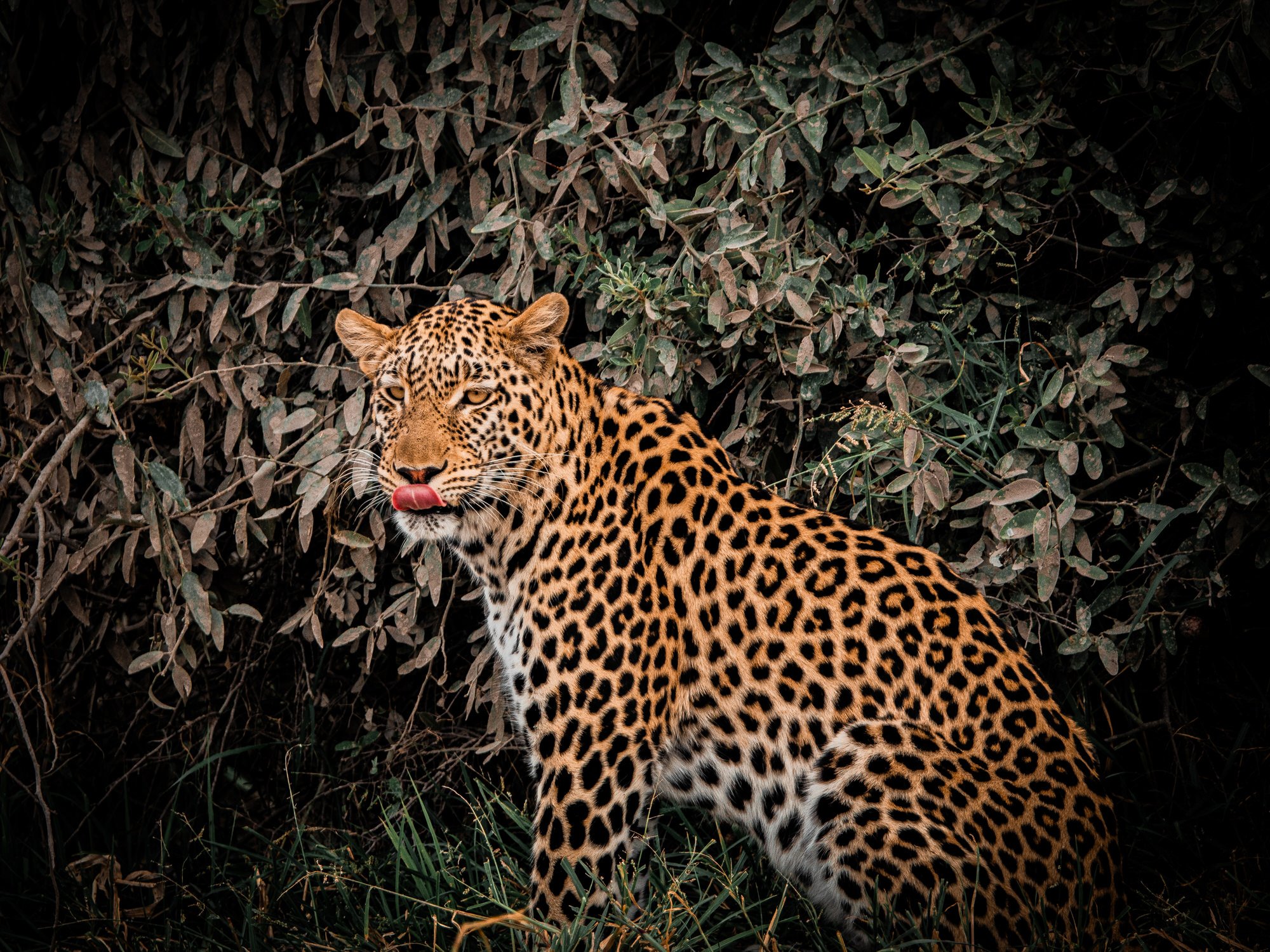
INSIGHTS, NEWS & INNOVATIONS
Conservation Technology Newsblog.
Stay informed on the latest breakthroughs, stories and innovations, driving change in nature conservation and wildlife protection.
FEDERATED MONITORING, EVALUATION, AND IMPACT ASSESSMENT
A New Paradigm for Collaborative Nature Conservation
3. TUSNAD ECO BEAR CONFERENCE IN ROMANIA
Sensing Clues and Nature FIRST Join the Tusnad Eco Bear Conference in Romania




